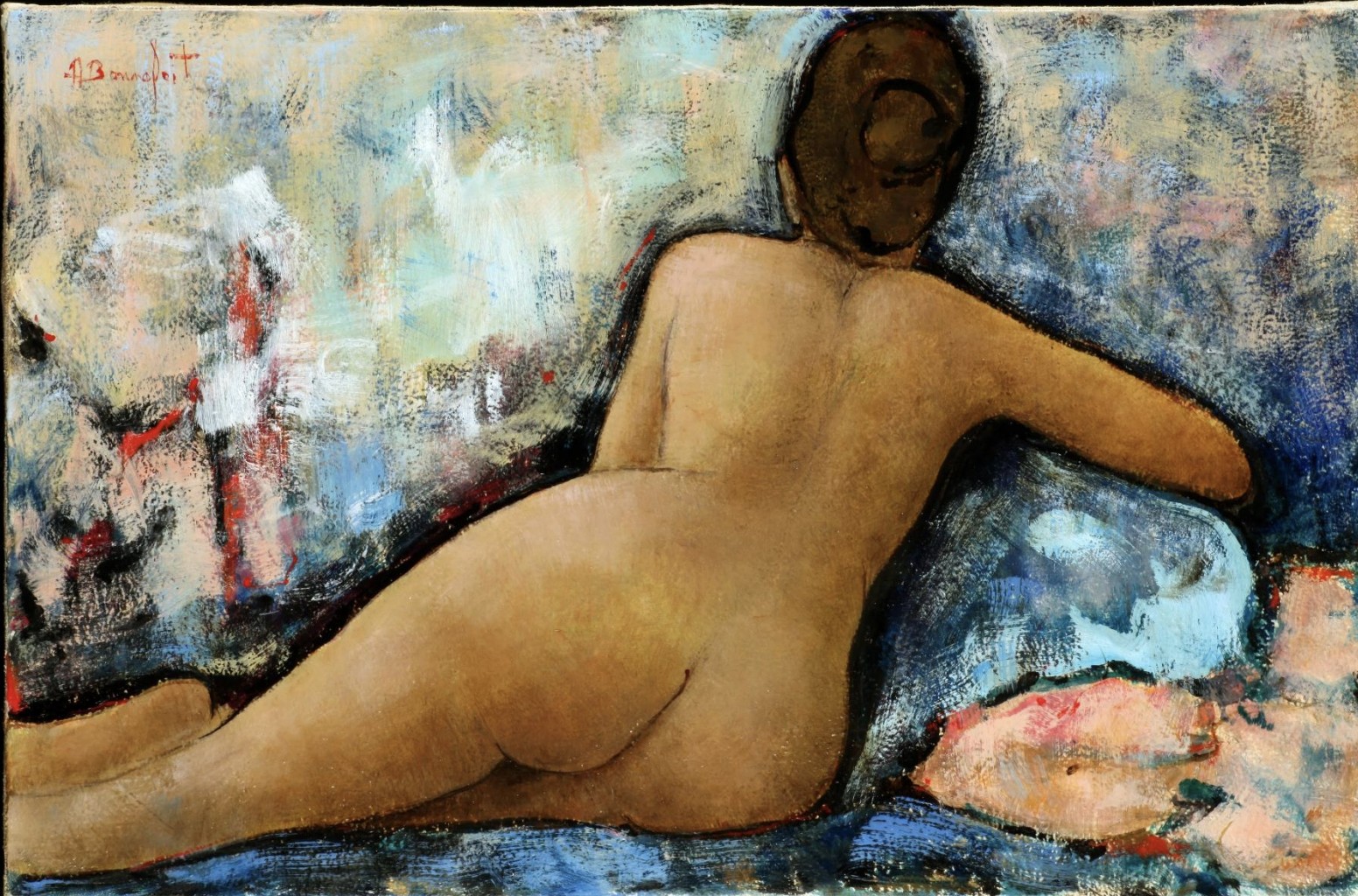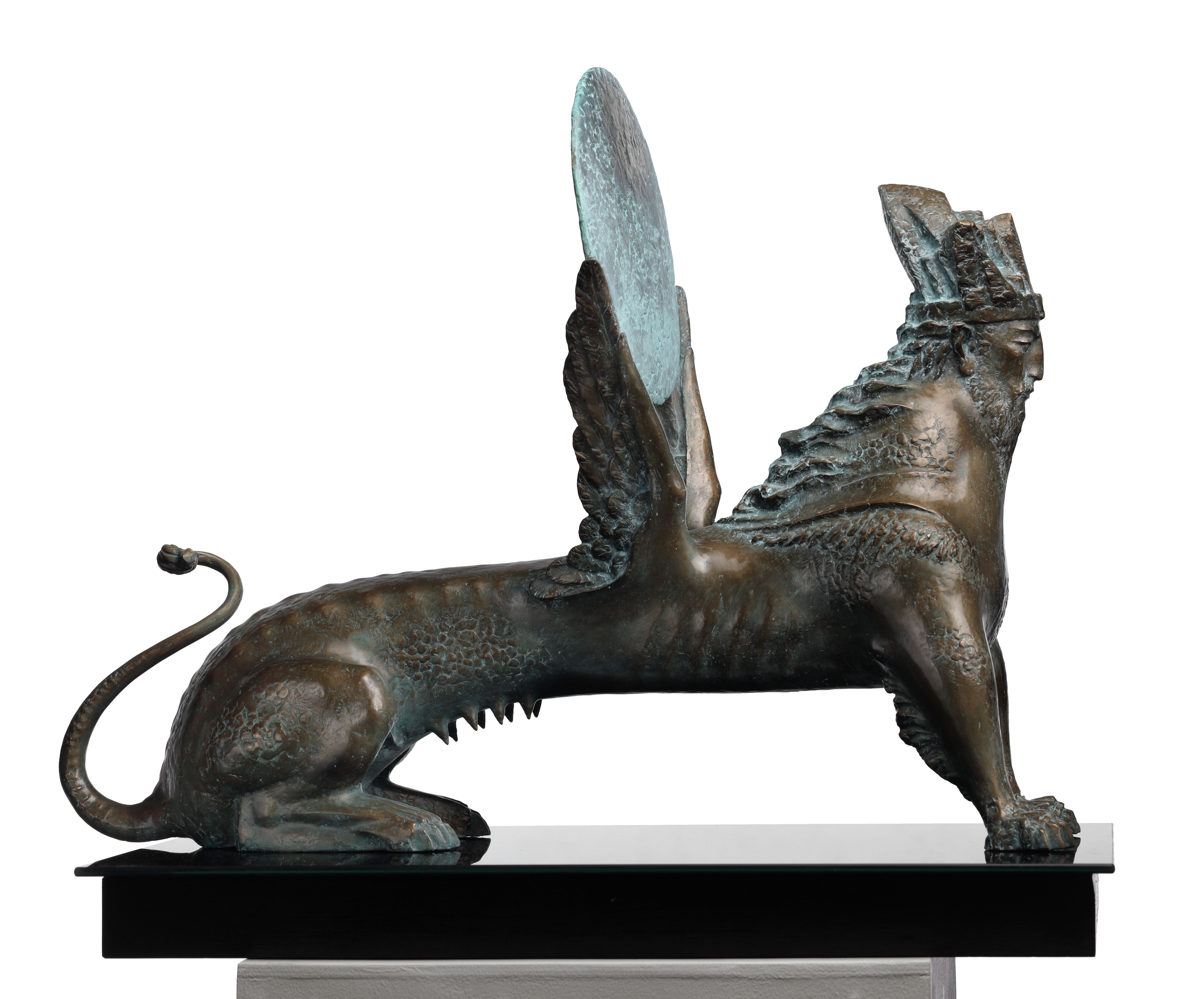Symmetry runs through the whole history of art from the ancient times until now. As a resilient matter, it existed before us and, most likely, will exist long time after we are gone
A human eye is repulsed not only by the obvious anti-symmetry, but also by perfect symmetry. This claim is an easy one to prove — one can take any sculptural imagery, an African mask or Roman portrait, cut it in halves and reflect one half in a mirror. The image will be ideal symmetry-wise but will be increasingly difficult to look at. However, if you reflect the second half right next to the first one, the uneasy feeling will disappear. It is a curious effect: the eye merges the two images in one and perceives it as a whole, like in a diptych.
Contemporaneity brought with it a fast-paced technological development which makes art face a dilemma about acceptance and rejection of high-tech progress in terms of artifact production. In the time both public and professional opinions are in this respect rather conservative; and any technological interference in creative process is considered rule-breaking. One of the tasks of the series “Before and After” is to overcome the inner resistance of technology which is crucial to creation of symmetrical images. What is perceived as a fault will soon be an asset.
Alexander Lufer














